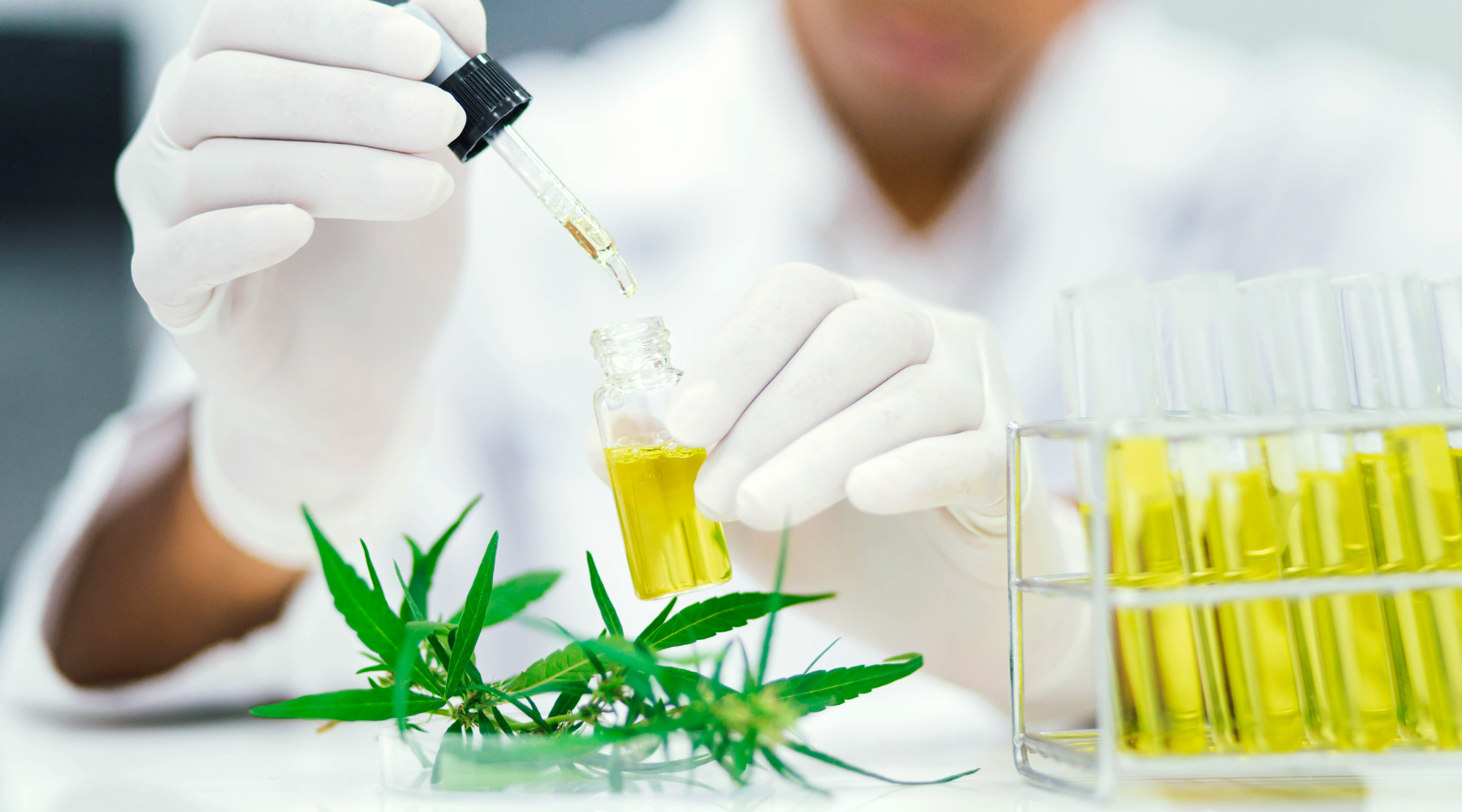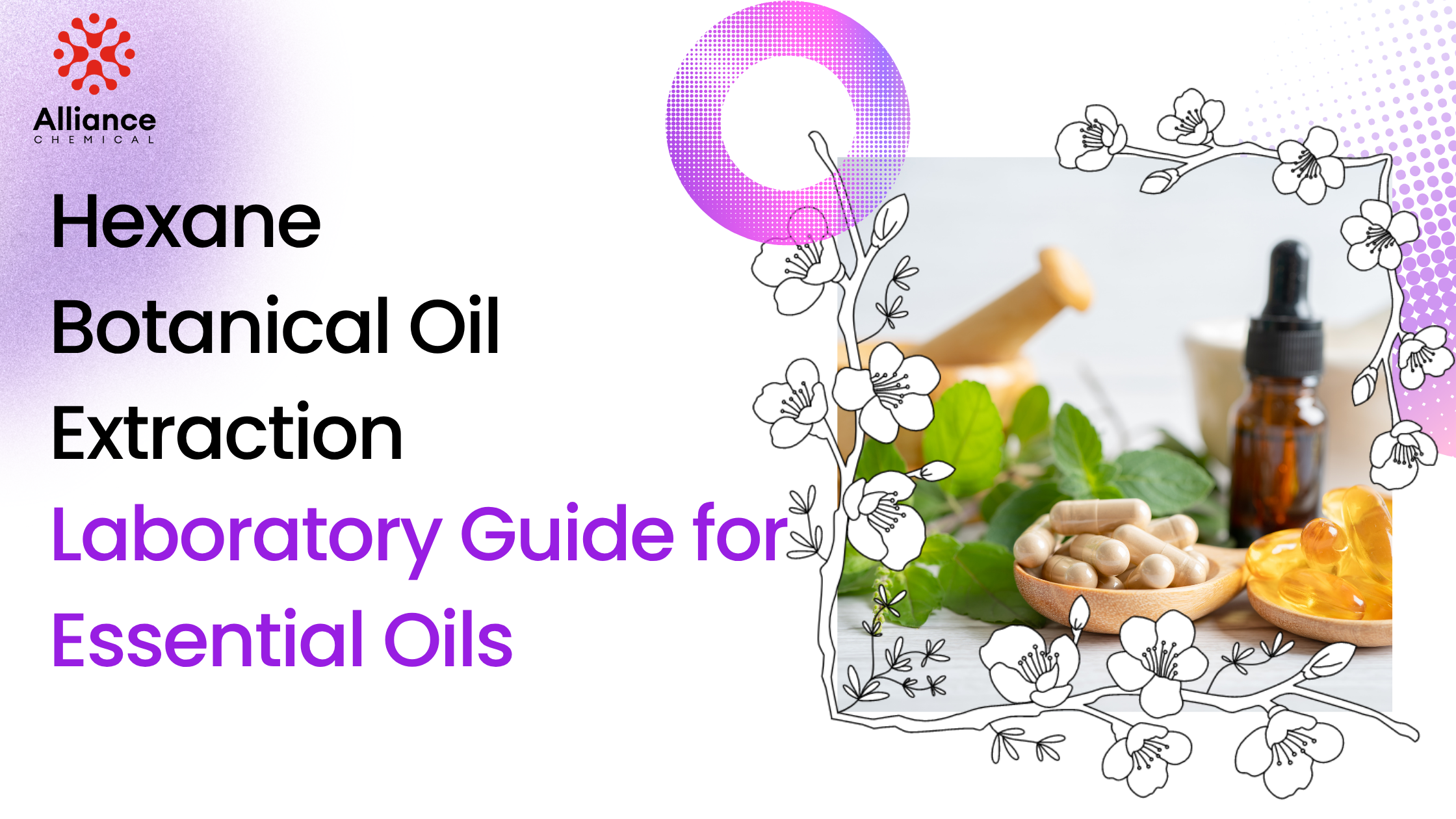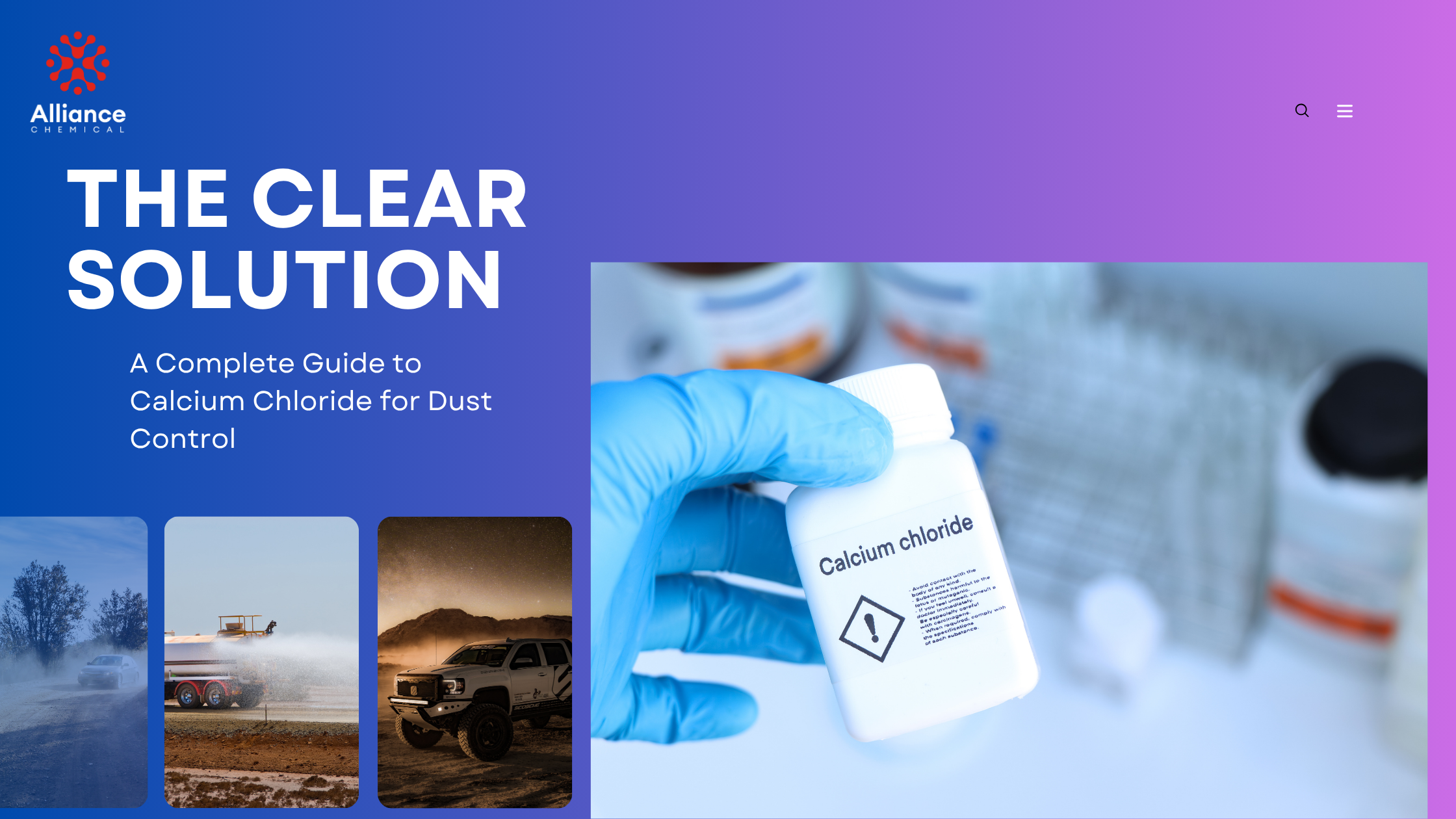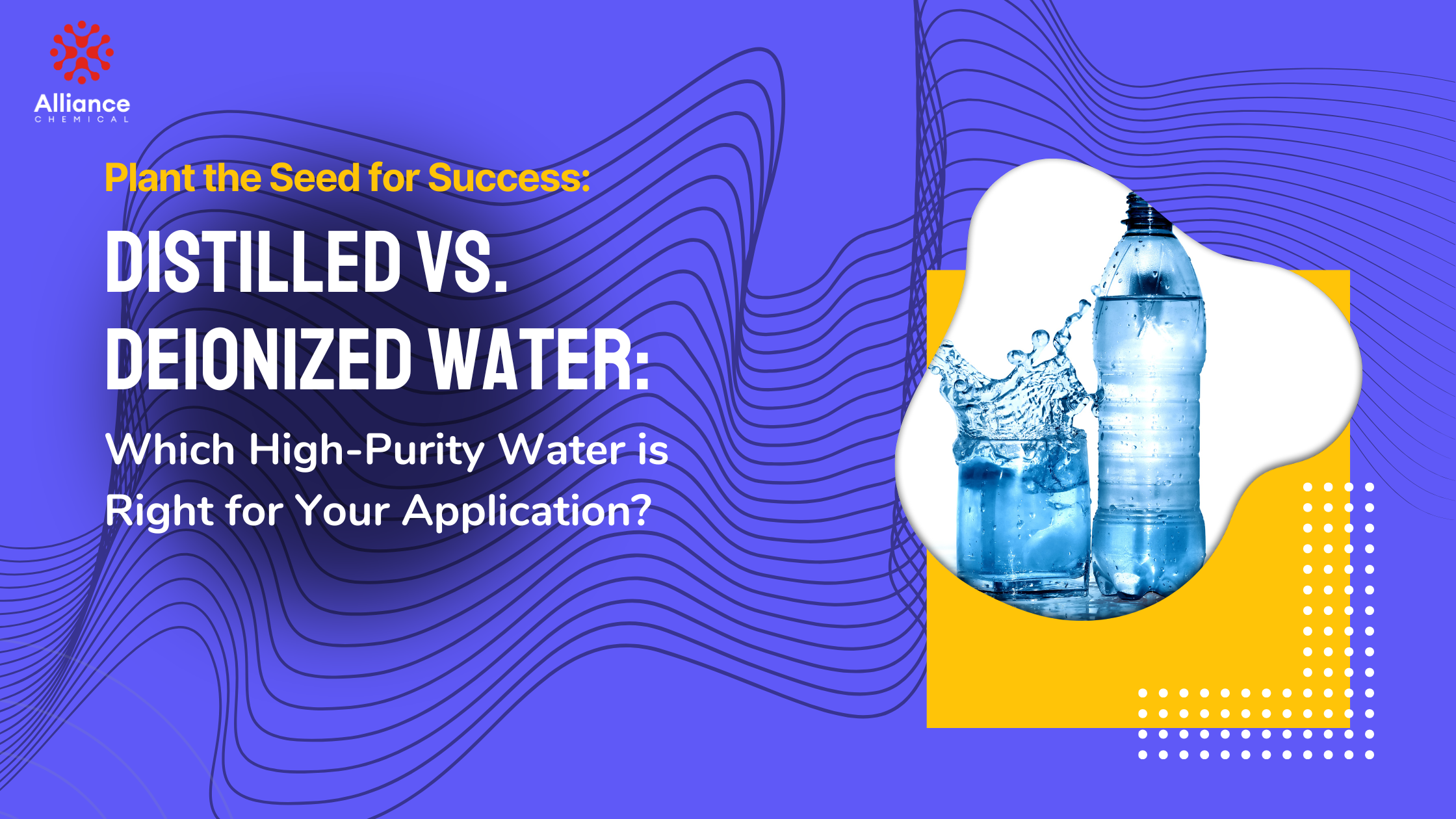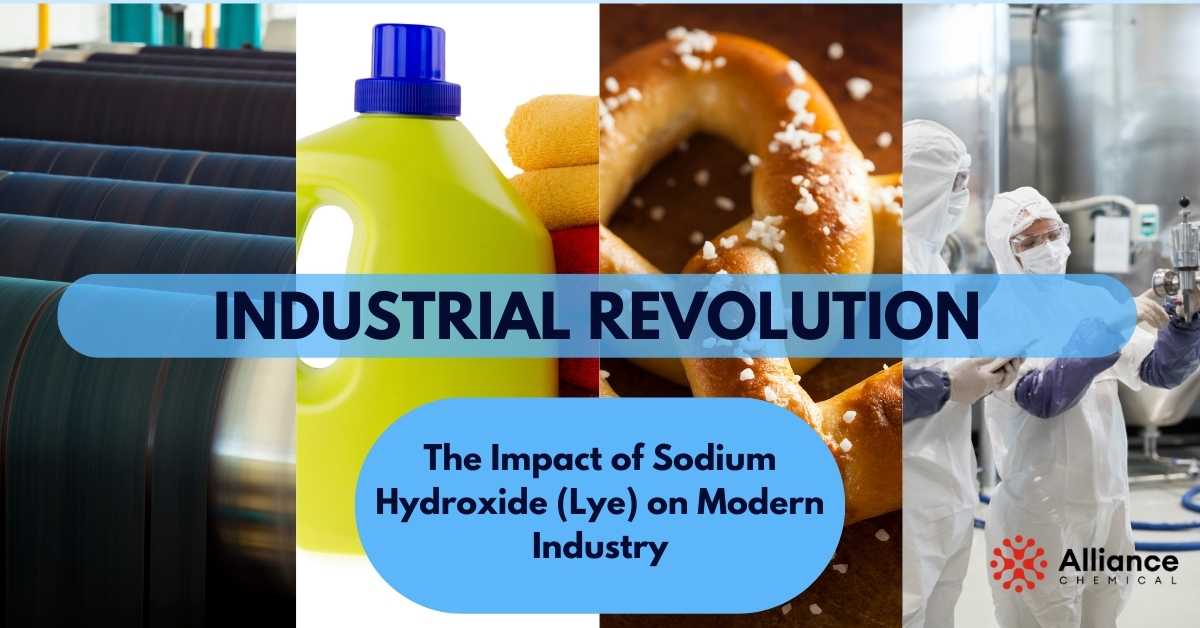
Industrial Revolution: The Impact of Sodium Hydroxide (Lye) on Modern Industry
Table of Contents
Summary
History is not only written by people; it is forged by discoveries. Among the chemical compounds that fundamentally reshaped human civilization, few have had a more profound and pervasive impact than Sodium Hydroxide (NaOH). This powerful alkali, known as lye or caustic soda, was a silent but essential catalyst of the Industrial Revolution and remains a cornerstone of modern manufacturing. This is the story of how a simple but potent chemical unlocked the potential for mass production in textiles, sanitation, paper, and beyond.
A Revolutionary Discovery: The Dawn of Industrial Alkalis
Before the late 18th century, producing a strong alkali was a difficult and inconsistent process, often relying on deriving potash from wood ash. The development of the Leblanc process, and later the more efficient chloralkali process, allowed for the mass production of high-purity Sodium Hydroxide. This breakthrough was not just a scientific curiosity; it was the key that unlocked industrial-scale manufacturing across multiple sectors.
As a strong base, NaOH's power lies in its ability to readily donate hydroxide ions (OH⁻) in a solution. This makes it highly reactive and capable of breaking down complex organic materials—a property that industries were quick to harness.
Fueling the Industrial Revolution: Three Pillars of Progress
The availability of cheap, consistent lye was a direct catalyst for three of the most important advancements of the era, transforming society in the process.
1. The Sanitation Revolution: Mass-Produced Soap
Before the industrial production of lye, soap was a luxury item. The saponification process—the chemical reaction that turns fats and oils into soap—was unreliable. With the advent of industrial NaOH, consistent, hard bar soap could be mass-produced for the first time. This had a monumental impact on public health and hygiene, drastically reducing the spread of disease in burgeoning industrial cities. The simple act of washing hands became accessible to the masses, powered by this fundamental chemical reaction.
2. The Textile Boom: The Science of Mercerization
The textile industry was the engine of the Industrial Revolution, and Sodium Hydroxide was a key component of its fuel. In 1844, John Mercer discovered that bathing cotton fibers in a solution of sodium hydroxide caused them to swell and straighten. This process, now known as mercerization, permanently alters the cotton's cellular structure, resulting in:
- Increased Luster: The straightened fibers reflect more light, giving the cotton a silk-like sheen.
- Enhanced Tensile Strength: The treated fibers become significantly stronger and more durable.
- Improved Dye Affinity: Mercerized cotton absorbs dye more readily and evenly, leading to richer, more vibrant colors that resist fading.
This innovation allowed for the production of high-quality, durable, and brightly colored fabrics on an unprecedented scale.
3. The Information Age Begins: The Kraft Paper Process
The growing need for paper for books, newspapers, and packaging could not be met by traditional methods. The development of the Kraft process (from the German word for "strength") in the 1870s revolutionized papermaking. In this process, wood chips are cooked under pressure in a solution containing sodium hydroxide and sodium sulfide. The caustic Sodium Hydroxide solution is exceptionally effective at dissolving lignin, the complex polymer that acts as the "glue" holding wood's cellulose fibers together. This liberates the strong cellulose fibers needed to create high-quality paper, a process that still dominates the industry today.
The Modern Industrial Juggernaut: NaOH Today
The influence of Sodium Hydroxide has only grown since the Industrial Revolution. It remains a top-ten commodity chemical by production volume worldwide, essential to an astonishing range of modern industries.
From Ore to Foil: The Bayer Process. One of the largest modern uses of NaOH is in the Bayer process, the primary method for producing alumina (aluminum oxide) from bauxite ore. The caustic soda dissolves the aluminum-bearing minerals, allowing them to be separated from impurities, a critical first step in producing the aluminum that makes up everything from beverage cans to aircraft.
Key Modern Applications
- Chemical Manufacturing: It is a fundamental reagent used to produce countless other products, including plastics, rayon, solvents like Ethyl Acetate, and other chemicals.
- Water Treatment: Used to control the pH of water supplies and industrial effluent, and to help precipitate heavy metals out of solution.
- Energy Sector: It acts as a catalyst in the transesterification of oils into biodiesel and is used in petroleum refining to remove acidic impurities.
- Food Processing: It is used for chemical peeling of fruits and vegetables, chocolate and cocoa processing, giving pretzels their characteristic color and crust, and curing foods like olives.
The Chemical Ecosystem: Acids, Bases, and Solvents
No chemical works in a vacuum. Sodium Hydroxide is part of a larger industrial ecosystem, often working in tandem with or in opposition to other powerful chemicals.
The Acid-Base Balance
Many industrial processes require a careful balance between acidity and alkalinity. While Sodium Hydroxide is the go-to for raising pH, industries equally rely on strong acids like Sulfuric Acid, Hydrochloric Acid, and Nitric Acid for tasks like metal pickling, fertilizer production, and chemical synthesis. Often, an acidic process stream must be neutralized with a caustic like NaOH before it can be safely handled or discharged.
The Alkali Family and Functional Solvents
The primary cousin to NaOH is Potassium Hydroxide (KOH), which is used to make soft and liquid soaps. Beyond this, the entire manufacturing process relies on a suite of other chemicals. For example, a final product might be formulated with a safe, versatile substance like Propylene Glycol or use a mild acidifier like Acetic Acid for final pH balancing.
MANDATORY Safety Protocols for Handling Sodium Hydroxide
Sodium Hydroxide is an extremely hazardous and corrosive chemical. It can cause severe chemical burns, permanent blindness, and respiratory damage. It must be handled with the highest level of care and respect.
- Personal Protective Equipment (PPE) is NOT OPTIONAL: Always wear chemical-resistant gloves (butyl rubber, neoprene), splash-proof safety goggles, and a full-face shield. An acid/base-resistant apron is essential.
- Ventilation is Critical: Always handle lye in a very well-ventilated area to avoid inhaling hazardous dust or fumes. A NIOSH-approved respirator is recommended for handling powders.
- The "Add Lye to Water" Rule: When dissolving solid lye, ALWAYS add the lye slowly to the water with constant stirring. NEVER add water to lye, as this can cause a violent, boiling eruption.
- Storage: Lye is highly hygroscopic (absorbs moisture from the air). Store it in a cool, dry place in a tightly sealed, corrosion-resistant container.
